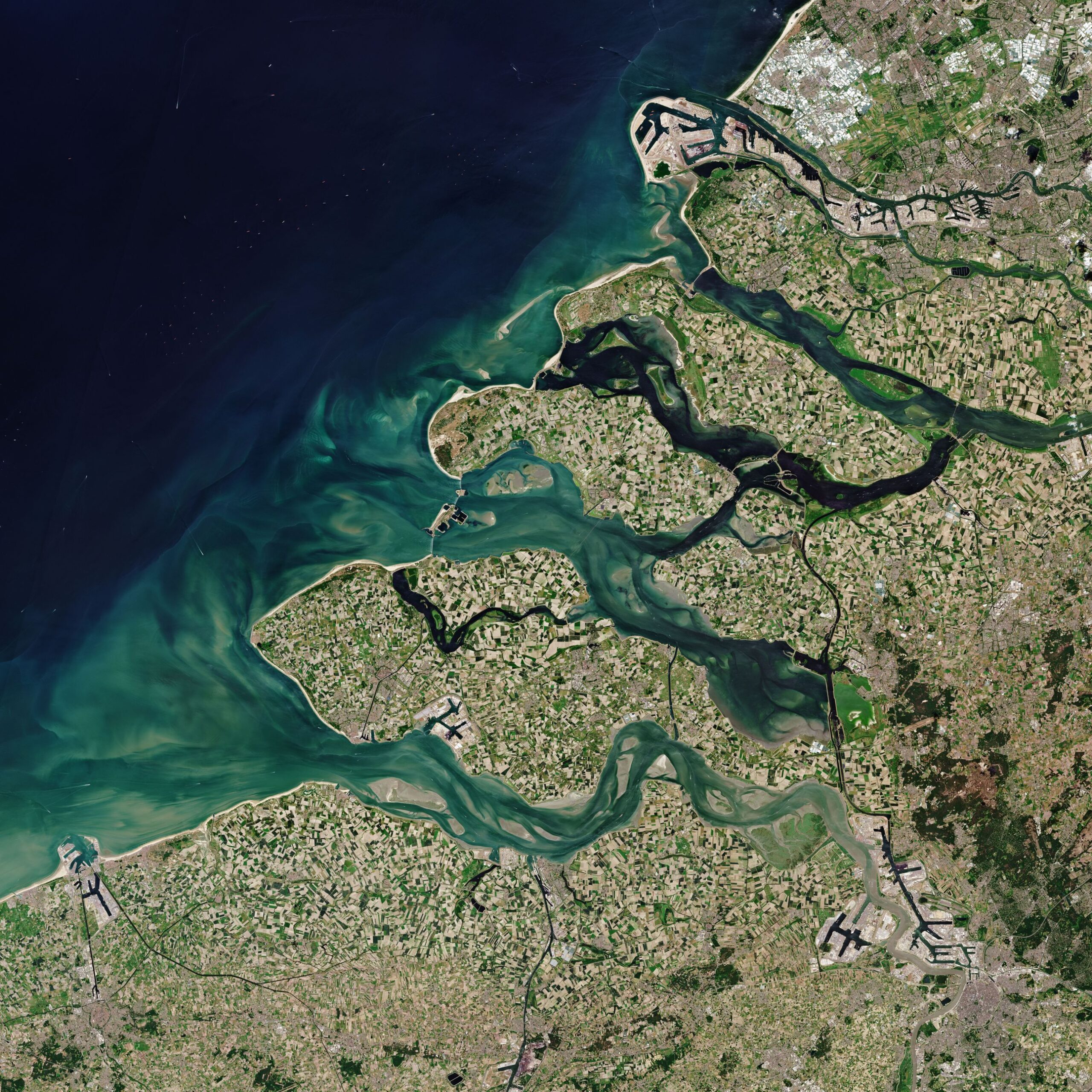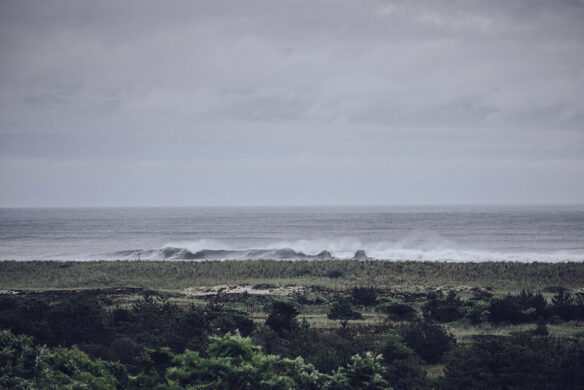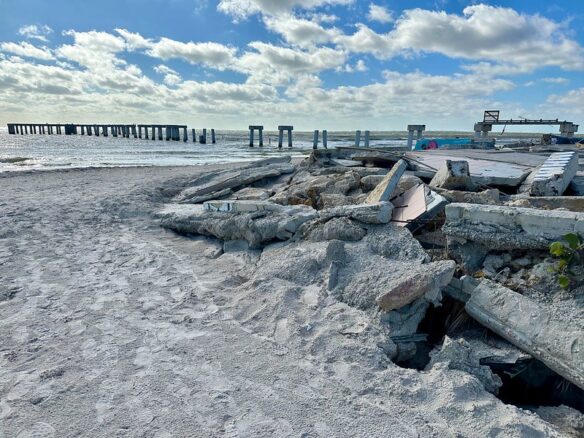Excerpt:
The wet landmasses, though inherently impermanent, have been essential to both people and wildlife for thousands of years. But recent shifts have brought on some rapid losses that worry scientists...
The land near the mouth of the Mississippi River is barely land at all. Muddy water forks into a labyrinth of pathways through a seemingly endless expanse of electric-green marsh grass, below skies thick with birds. Shrimp and crabs wriggle in the water below, and oak and cypress sprout from wet soils on higher grounds. Stretching for more than a hundred miles along the coast of Louisiana, this is one of the world’s largest, and most famous, river deltas.
Similar landforms — flat and wet and rich with wildlife — have built up wherever rivers dump their mud and sand into shallow oceans. There are thousands of such deltas across the world, ranging in size from just a few acres to, in the case of the Mississippi River’s, thousands of square miles. Many of these places, including the marshes in Louisiana, are now disappearing, often quite rapidly.
The soils are sinking, for varied and complex reasons. Worse, as the climate warms, the seas are rising. In Louisiana, a football field’s worth of land is gone every hundred minutes, a fact that is devastating for the hundred-million birds that stop here on their migrations — and for the people whose families have lived amid these wetlands for generations, and sometimes millennia. Hundreds of millions of people that live on other deltas, too, could lose their homes and their livelihoods.
Later this year, a state agency in Louisiana will begin construction on what has been called the largest ecosystem restoration project in US history. A set of gates in the levee will allow water to once more carry mud into the marshes, an effort to rebuild tens of thousands of acres of land. The project has been controversial, particularly because it’s likely to affect fisheries, a major local industry.
Deltas are inherently impermanent: As climate changes through the epochs, as the seas rise and fall, deltas are formed and then buried underwater. Still, these past few thousand years can be thought of as an “age of the delta,” says Utrecht University geomorphologist Jaap Nienhuis. Not coincidentally, it has also been an age of human flourishing. “Human civilization started when modern river deltas started to appear,” Nienhuis says. “It’s scary to think of what could happen if river deltas disappear…”
SHARE THIS ARTICLE
Geographer Online (01-29-2018):
River Delta Formation – Diagram and Explanation
from USGS (01-28-2011):
Sea-Level Rise, Subsidence, and Wetland Loss









